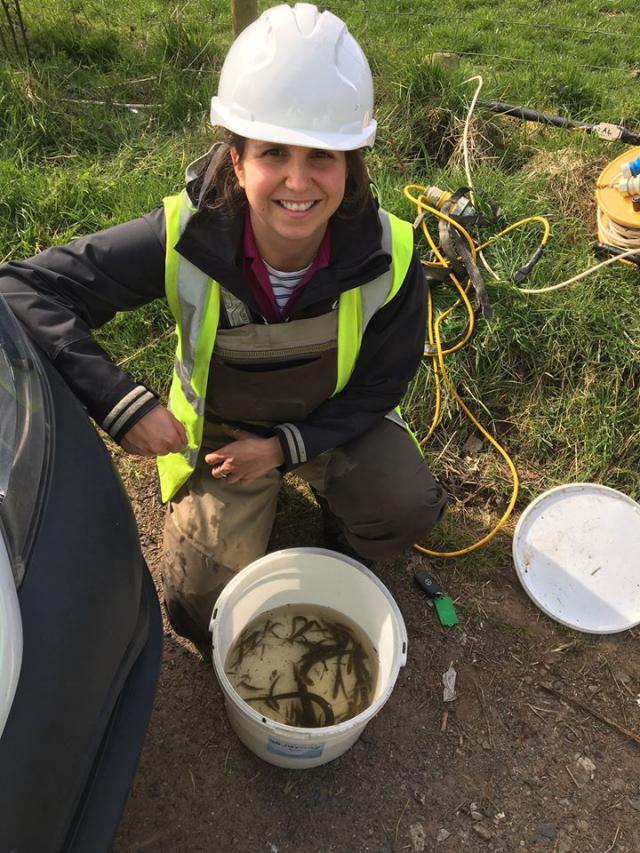Latest News
GFT Dinner Auction 2019
The Dinner Auction catalogue can now be viewed online (See link below).
Salmon bonanza at this year's Kirkcowan Fishing Competition
Record number of salmon caught as flooding brings flurry of anglers to annual event
Bladnoch Smolt Run Report 2019
Each spring a fyke net is secured over the inflow to Torhouse Trout Farm which catches any smolts entering from the main stem.

